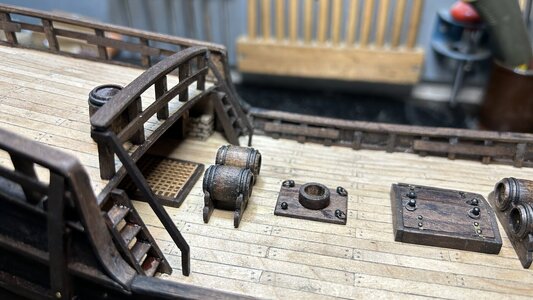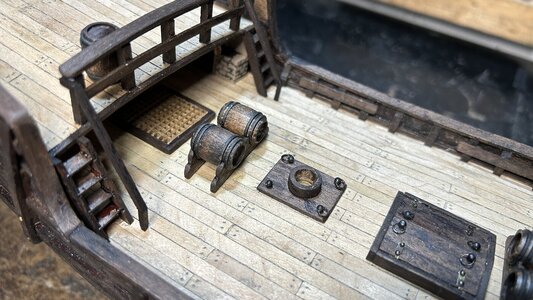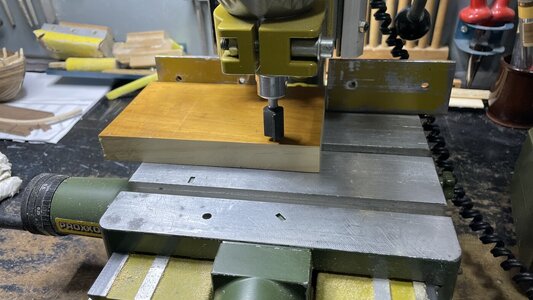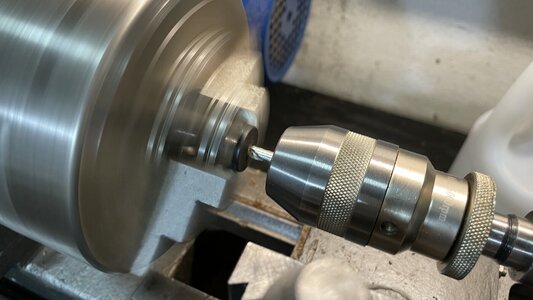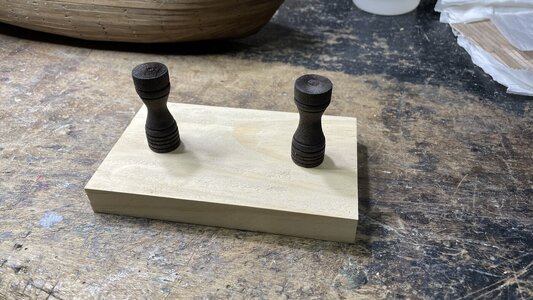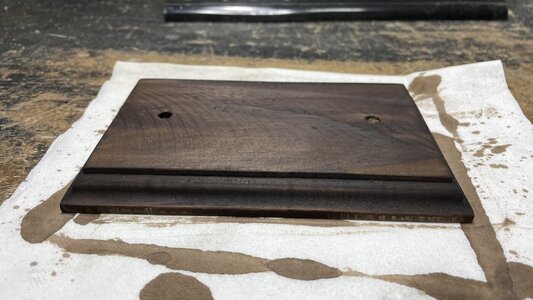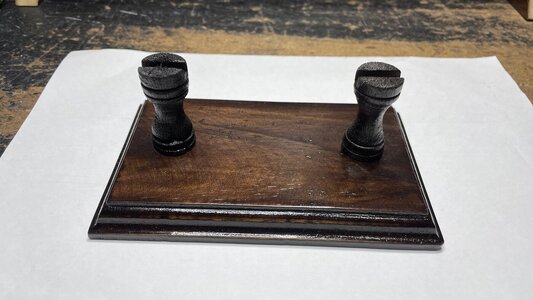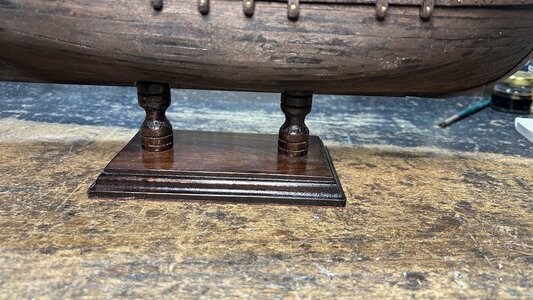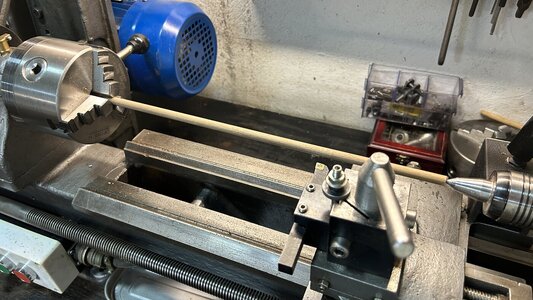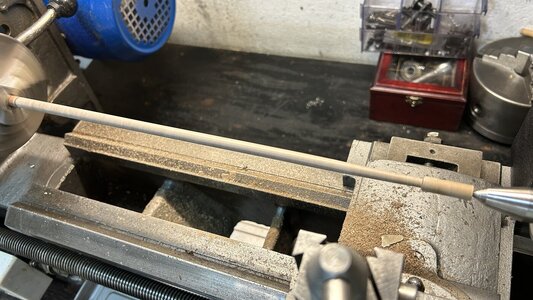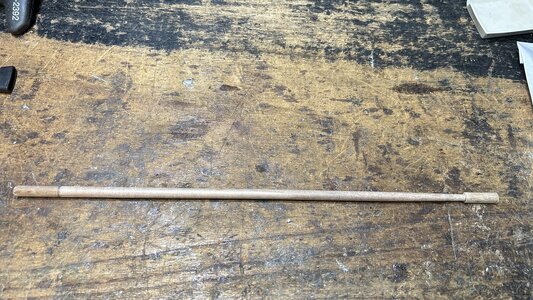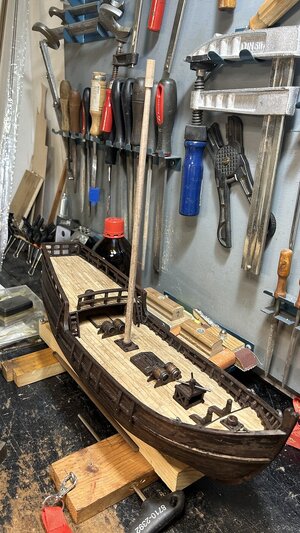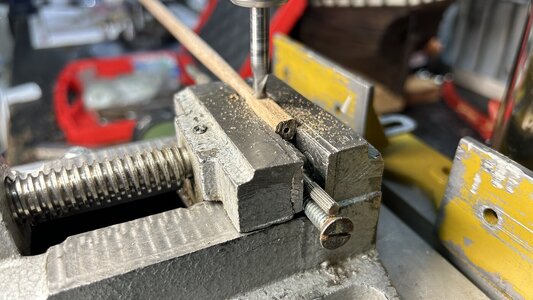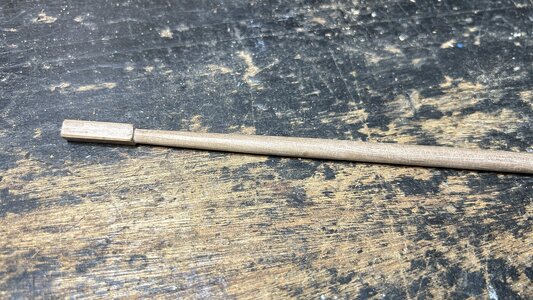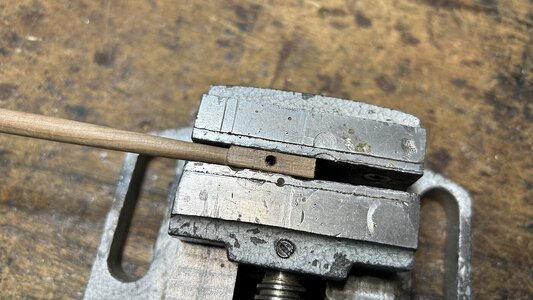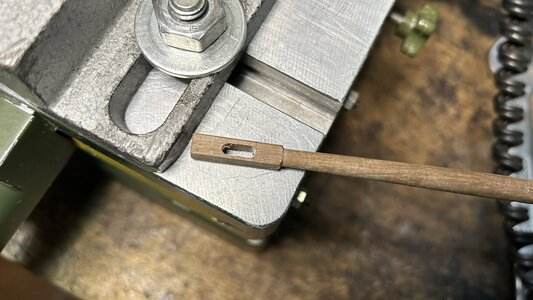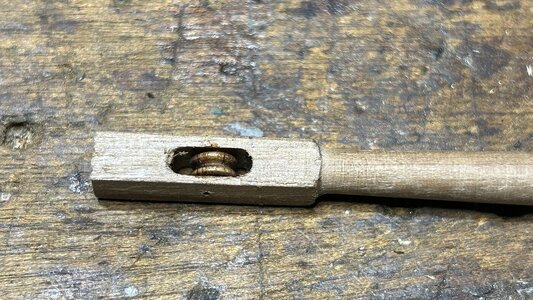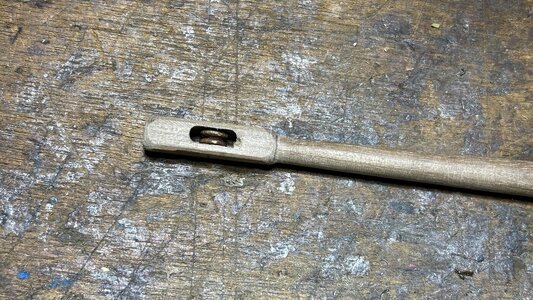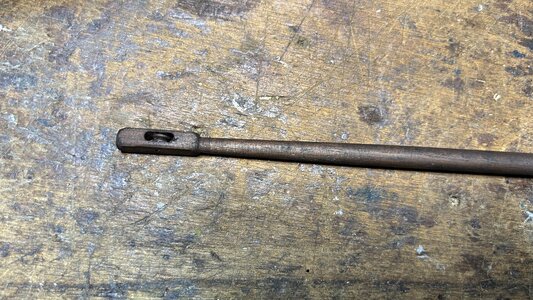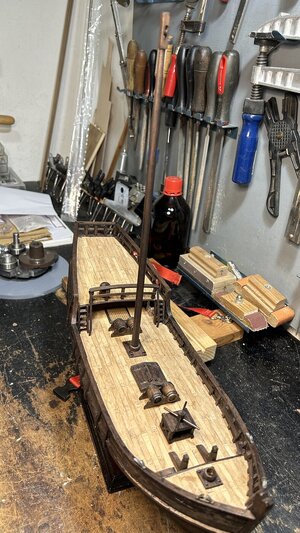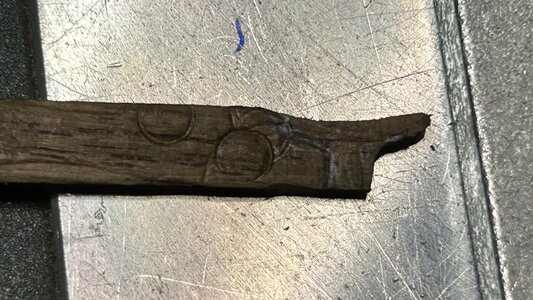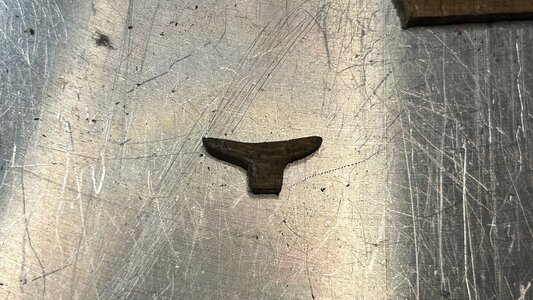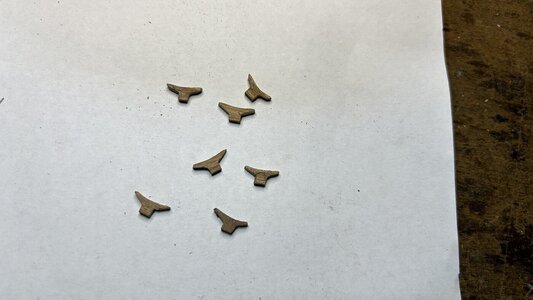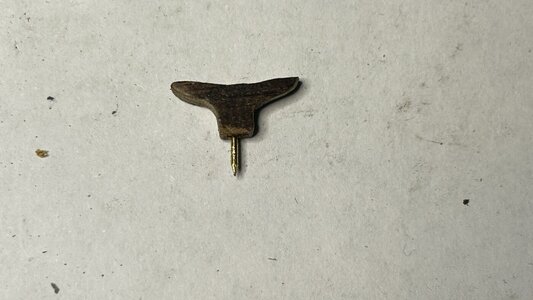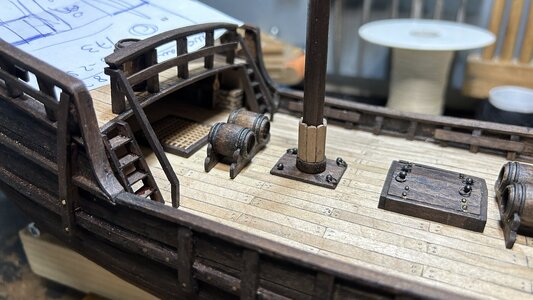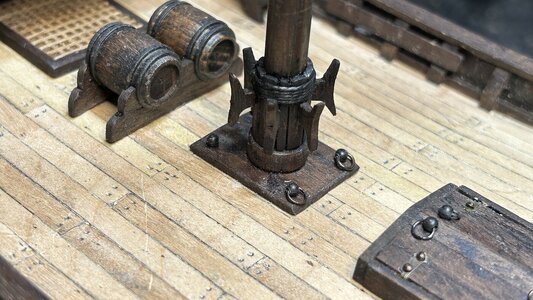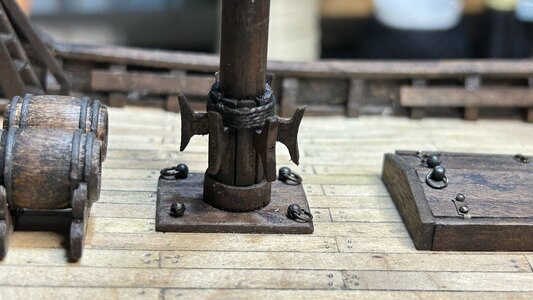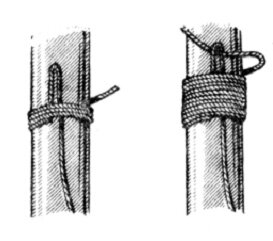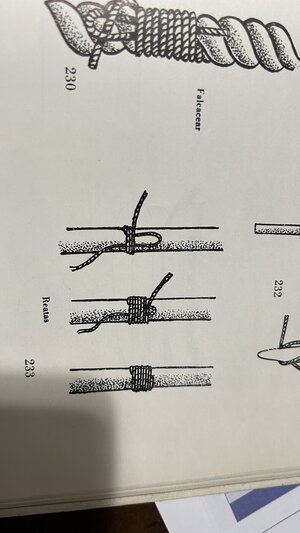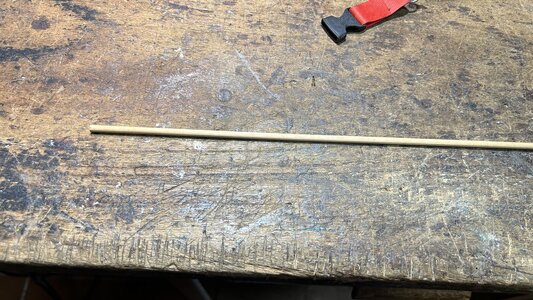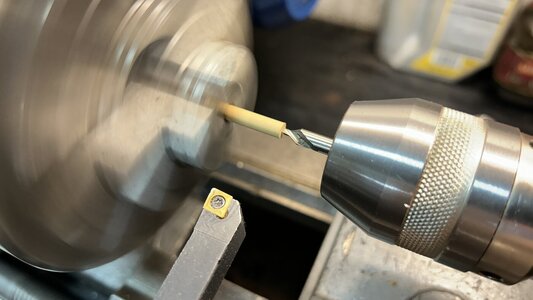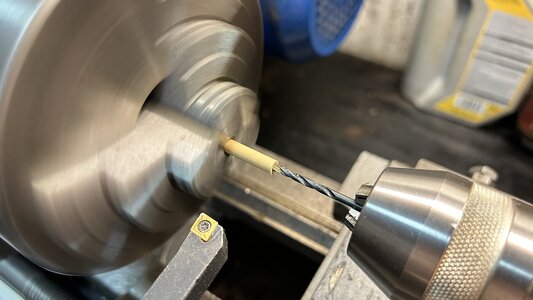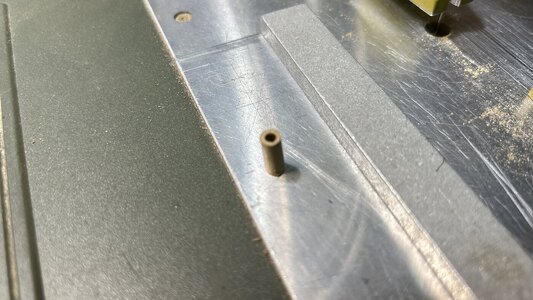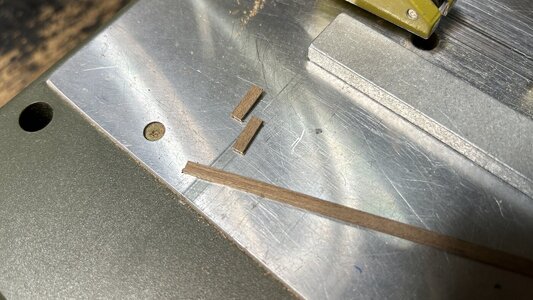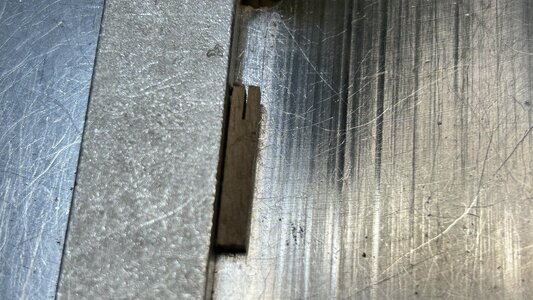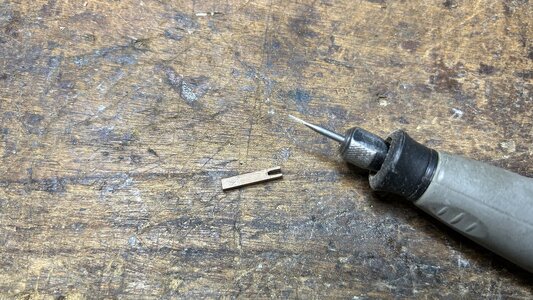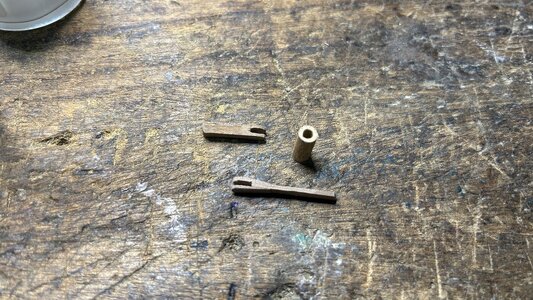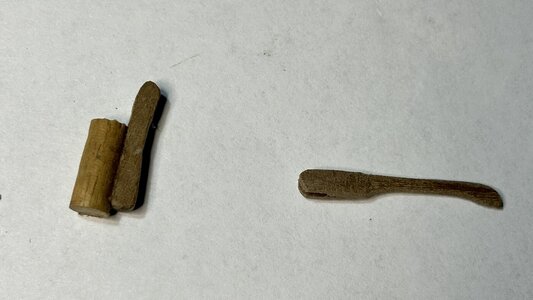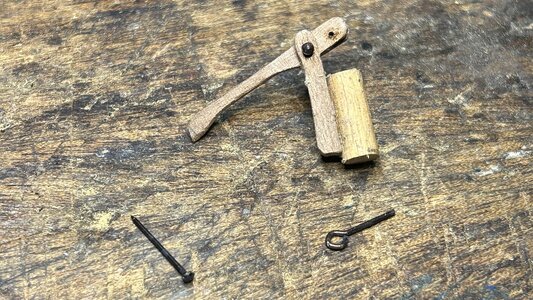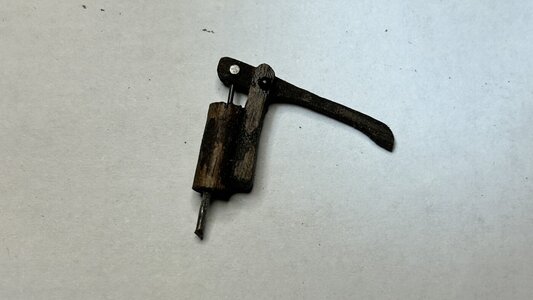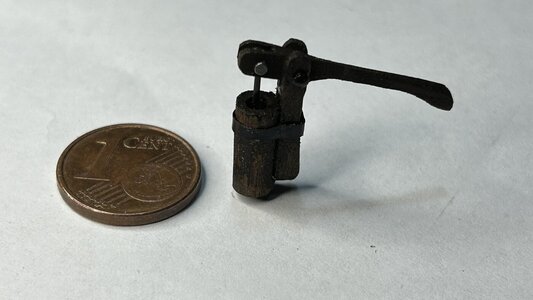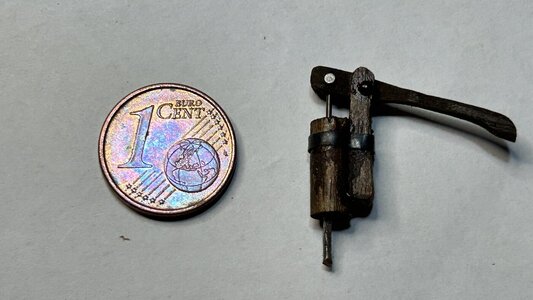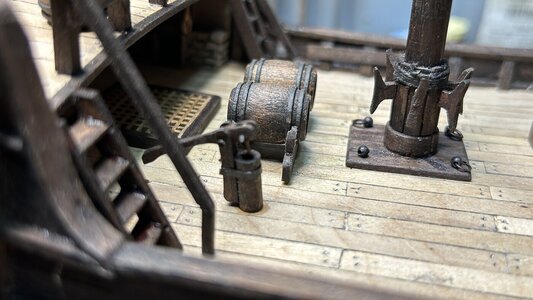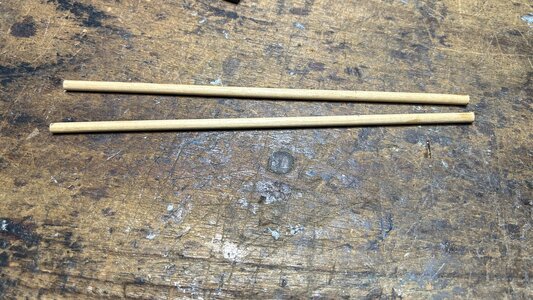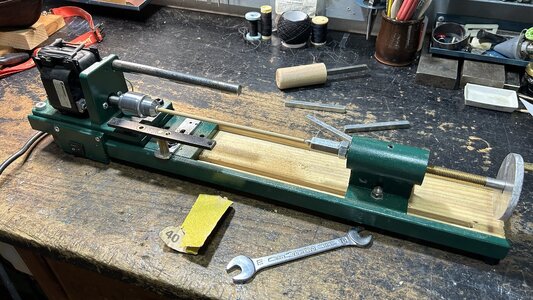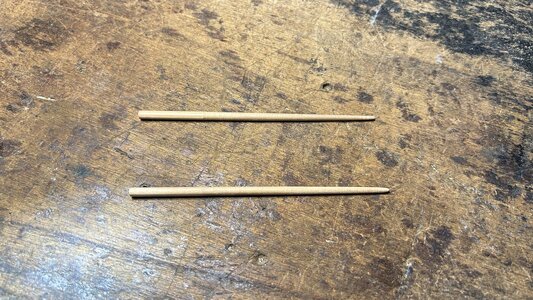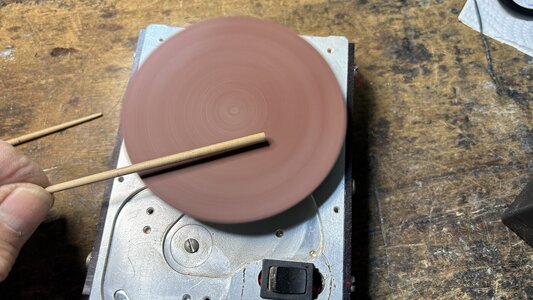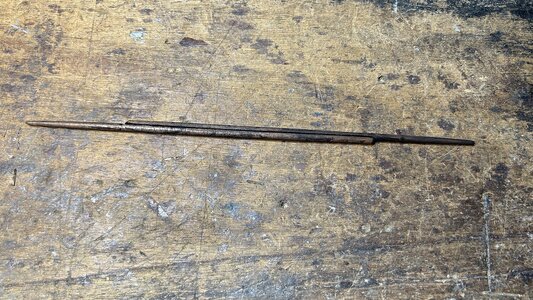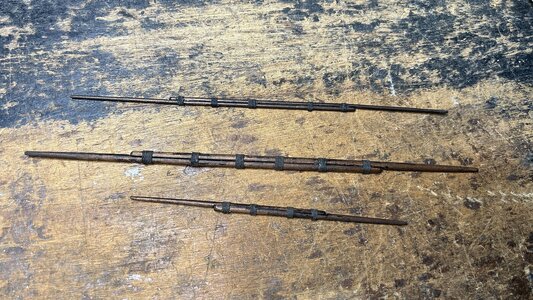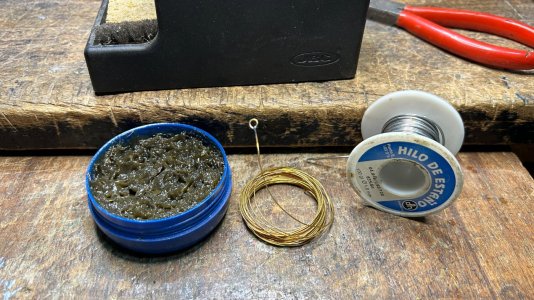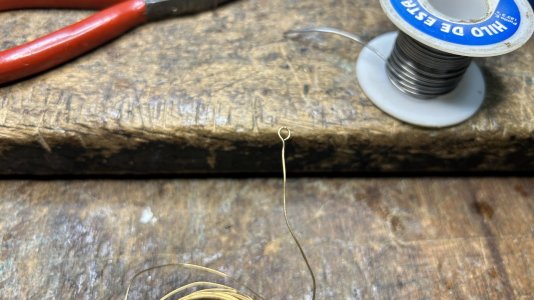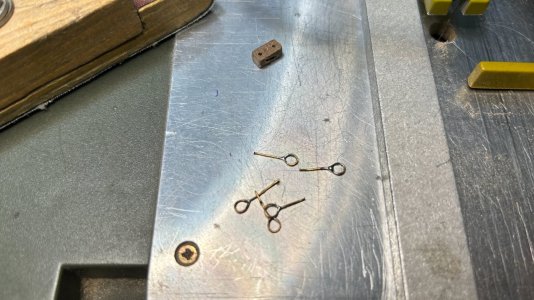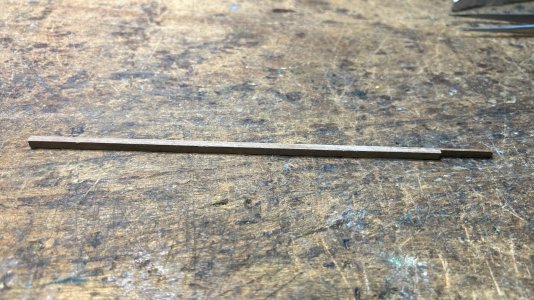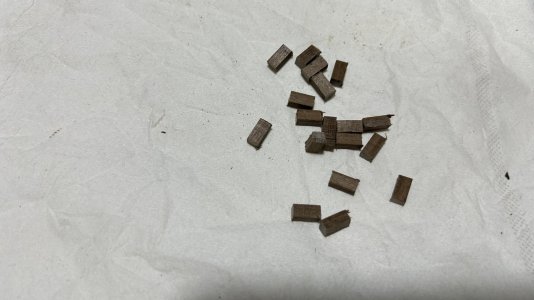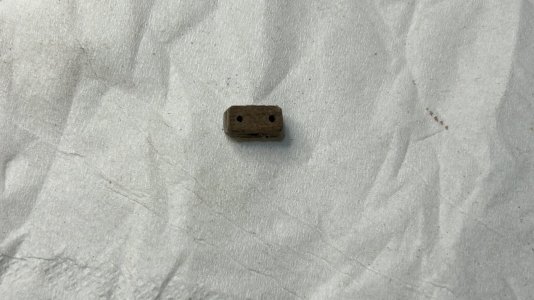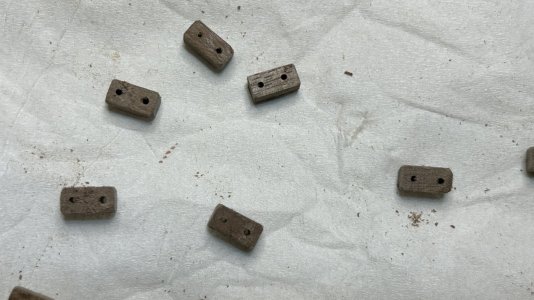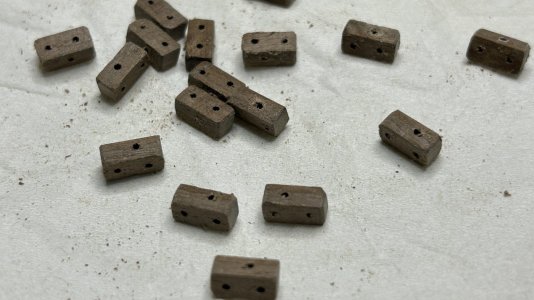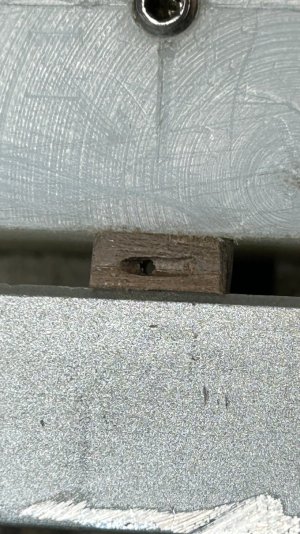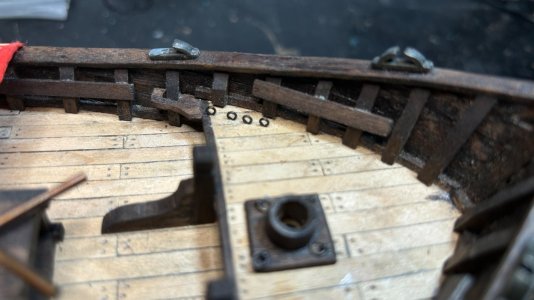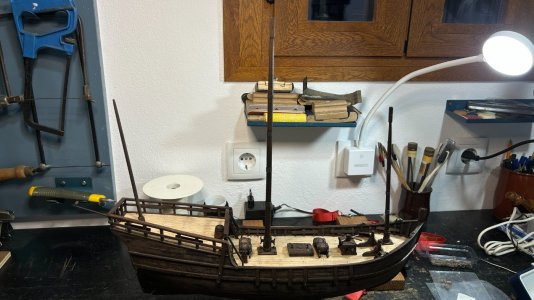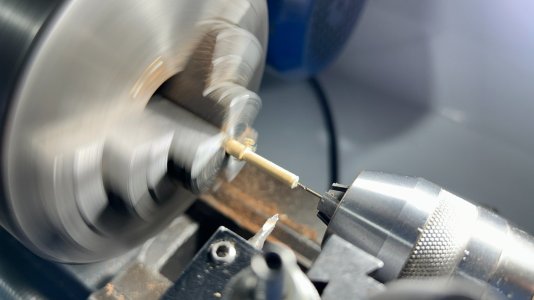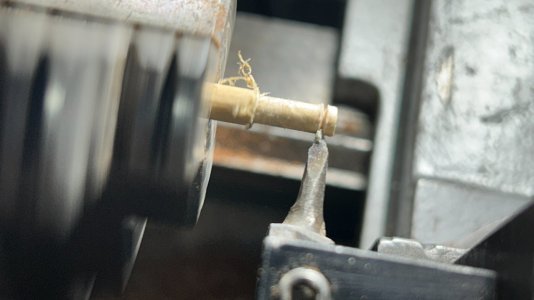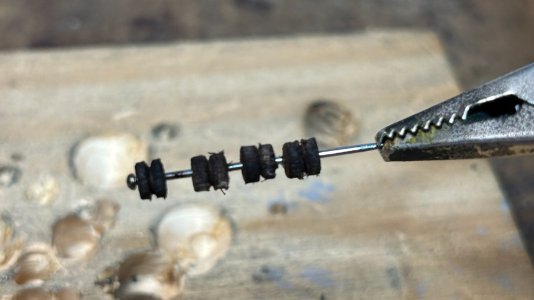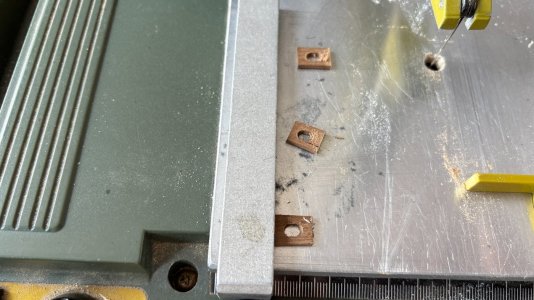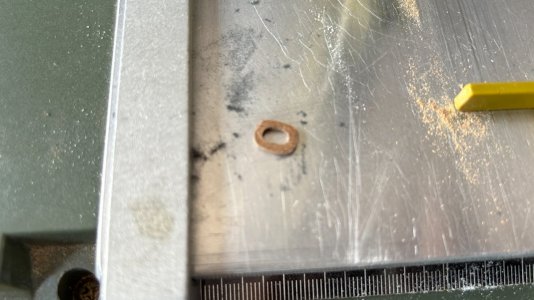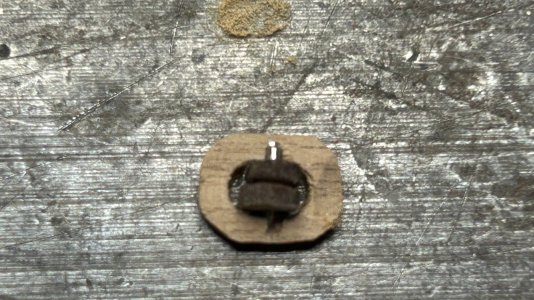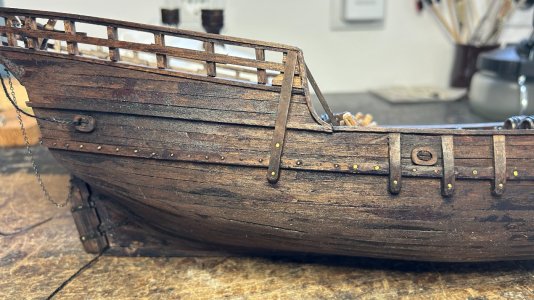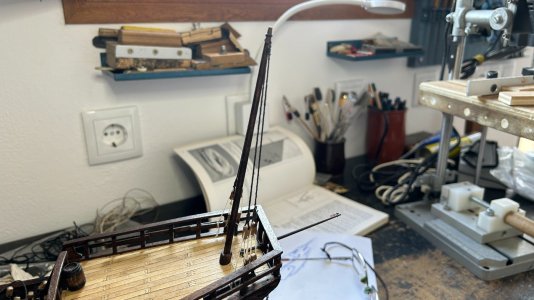-

Win a Free Custom Engraved Brass Coin!!!
As a way to introduce our brass coins to the community, we will raffle off a free coin during the month of August. Follow link ABOVE for instructions for entering.
You are using an out of date browser. It may not display this or other websites correctly.
You should upgrade or use an alternative browser.
You should upgrade or use an alternative browser.
- Joined
- May 26, 2020
- Messages
- 198
- Points
- 143

This is a Master Class in ship building.
Since, in 1492, vitroceramic and/or induction cooktops were not operational. And given the characteristics of the caravel in question, placing the kitchen below deck is risky and impractical; the ship lacks a forecastle, so it couldn't be placed beneath it. Placing it in the lower deck is not feasible because it would hinder maneuvers and be subject to the elements, just like on the aft deck. The only viable option would be below the quarterdeck. Given the design of the ship, there is good ventilation and airflow between the helm and the lower deck (ideal for smoke evacuation). On the other hand, the construction material is refractory brick, and as fuel, in Spain during that period, oak and olive charcoal with high calorific value was used, which does not produce flames; only embers are formed, which, combined with the ambient humidity, make fire very difficult.I look at that stove close to the deck above and behind a ladder and wonder - did they actually have an open flame in there?
Hello, now it's time to place the straps on the masts, before starting I have coated the cotton ropes with beeswax. To place them, I have used the same technique as for fixing the rings to a fishing rod, that way and with the previous waxing it is not necessary to use glue to fix them. You can see the technique in question in any Youtube tutorial for rigging fishing rods. Regards.
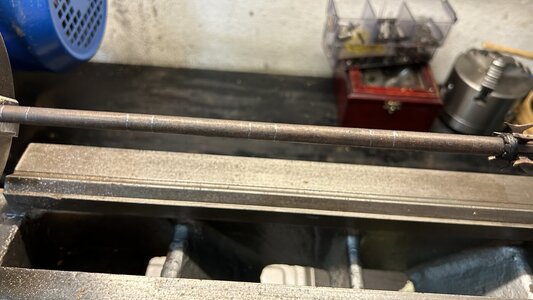
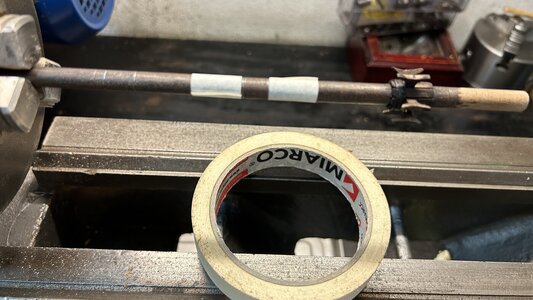
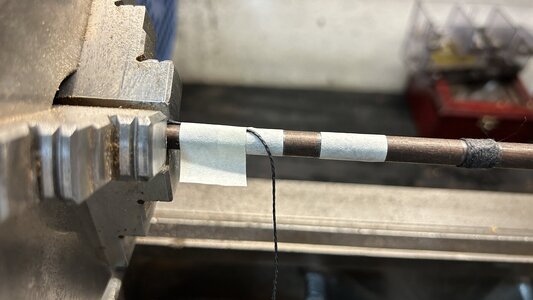
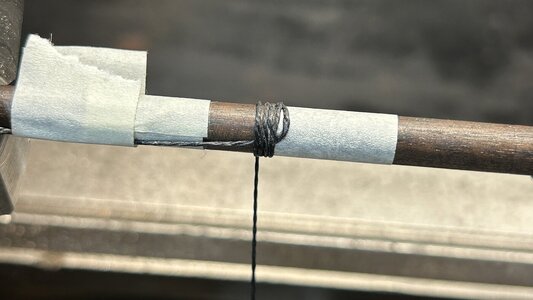
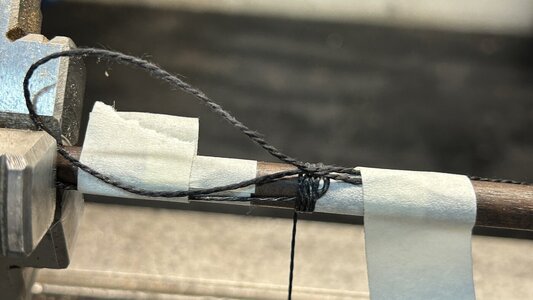
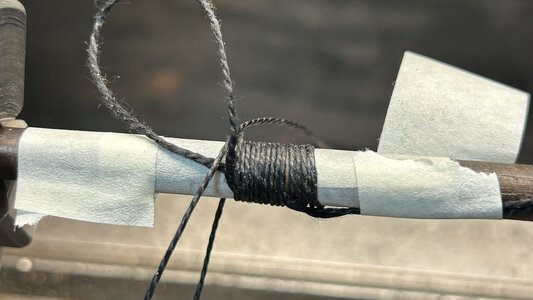
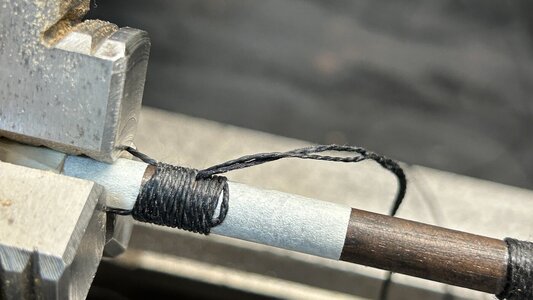
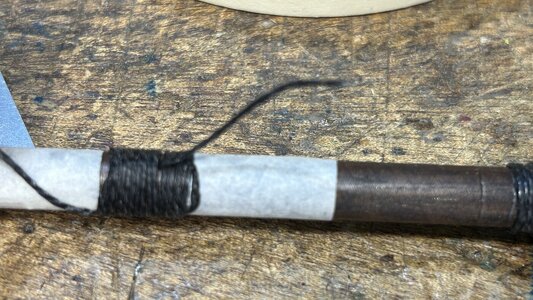
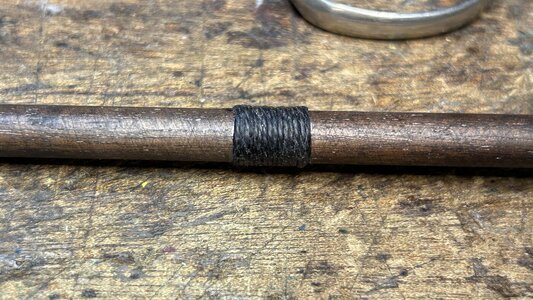
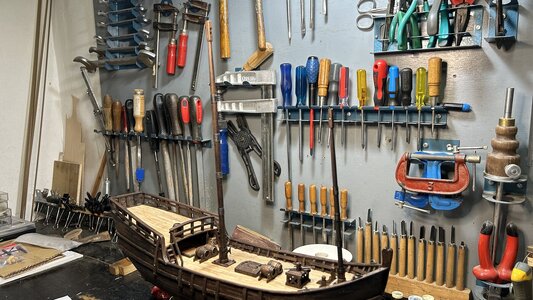
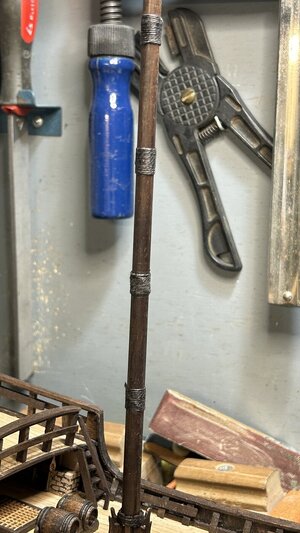
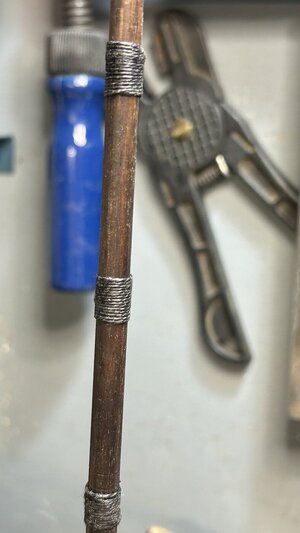
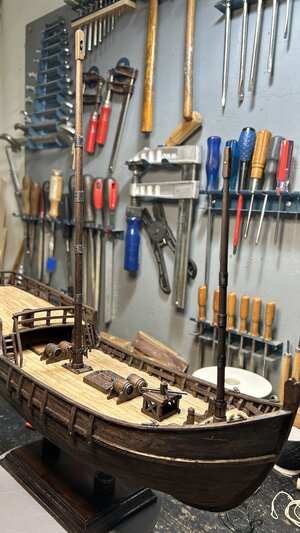













Book "The ships of Christopher Columbus", drawing of Santa Maria by Martinez-Hidalgo:
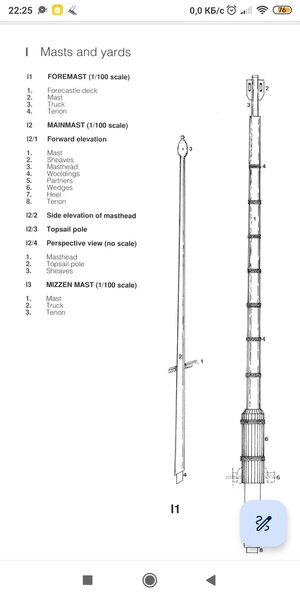
 SM drawing by Mondfeld:
SM drawing by Mondfeld: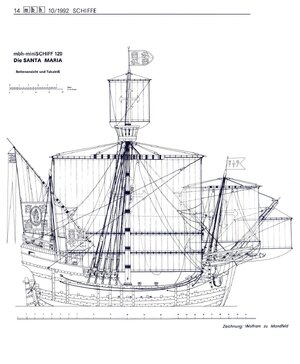 The Niña model built by Evgeniy Tropman (he is a serious researcher, I completely trust him):
The Niña model built by Evgeniy Tropman (he is a serious researcher, I completely trust him):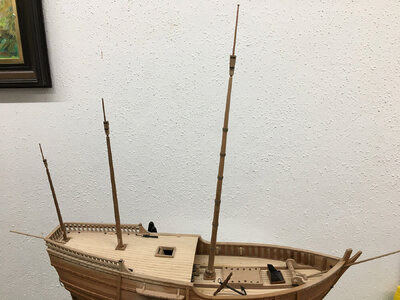
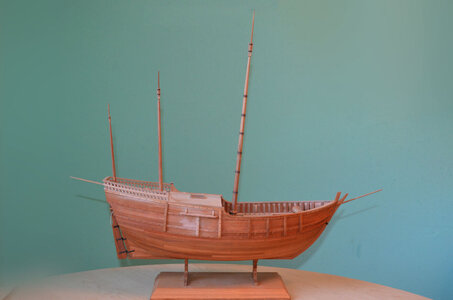 In R. C. Anderson's book "SEVENTEENTH CENTURY RIGGING" at the end of the first chapter it is written that the girth was a little more than half the diameter of the mast. You can rightly argue that Anderson wrote about ships of the 17th century, not the 15th, and you would be right, however, of the books that I have, only this one clarifies this point: neither Hockel, nor Mondfeld, nor Kurti write about this.
In R. C. Anderson's book "SEVENTEENTH CENTURY RIGGING" at the end of the first chapter it is written that the girth was a little more than half the diameter of the mast. You can rightly argue that Anderson wrote about ships of the 17th century, not the 15th, and you would be right, however, of the books that I have, only this one clarifies this point: neither Hockel, nor Mondfeld, nor Kurti write about this.
In principle, you already did it well, it seems to me that there is no need to redo it.

 SM drawing by Mondfeld:
SM drawing by Mondfeld: The Niña model built by Evgeniy Tropman (he is a serious researcher, I completely trust him):
The Niña model built by Evgeniy Tropman (he is a serious researcher, I completely trust him):
 In R. C. Anderson's book "SEVENTEENTH CENTURY RIGGING" at the end of the first chapter it is written that the girth was a little more than half the diameter of the mast. You can rightly argue that Anderson wrote about ships of the 17th century, not the 15th, and you would be right, however, of the books that I have, only this one clarifies this point: neither Hockel, nor Mondfeld, nor Kurti write about this.
In R. C. Anderson's book "SEVENTEENTH CENTURY RIGGING" at the end of the first chapter it is written that the girth was a little more than half the diameter of the mast. You can rightly argue that Anderson wrote about ships of the 17th century, not the 15th, and you would be right, however, of the books that I have, only this one clarifies this point: neither Hockel, nor Mondfeld, nor Kurti write about this.In principle, you already did it well, it seems to me that there is no need to redo it.
Book "The ships of Christopher Columbus", drawing of Santa Maria by Martinez-Hidalgo:
View attachment 440450View attachment 440439SM drawing by Mondfeld:View attachment 440447The Niña model built by Evgeniy Tropman (he is a serious researcher, I completely trust him):View attachment 440448View attachment 440449In R. C. Anderson's book "SEVENTEENTH CENTURY RIGGING" at the end of the first chapter it is written that the girth was a little more than half the diameter of the mast. You can rightly argue that Anderson wrote about ships of the 17th century, not the 15th, and you would be right, however, of the books that I have, only this one clarifies this point: neither Hockel, nor Mondfeld, nor Kurti write about this.
In principle, you already did it well, it seems to me that there is no need to redo it.
OK, very well argued, sir, your command of the bibliography is appreciated, it's a pleasure to converse with you.


